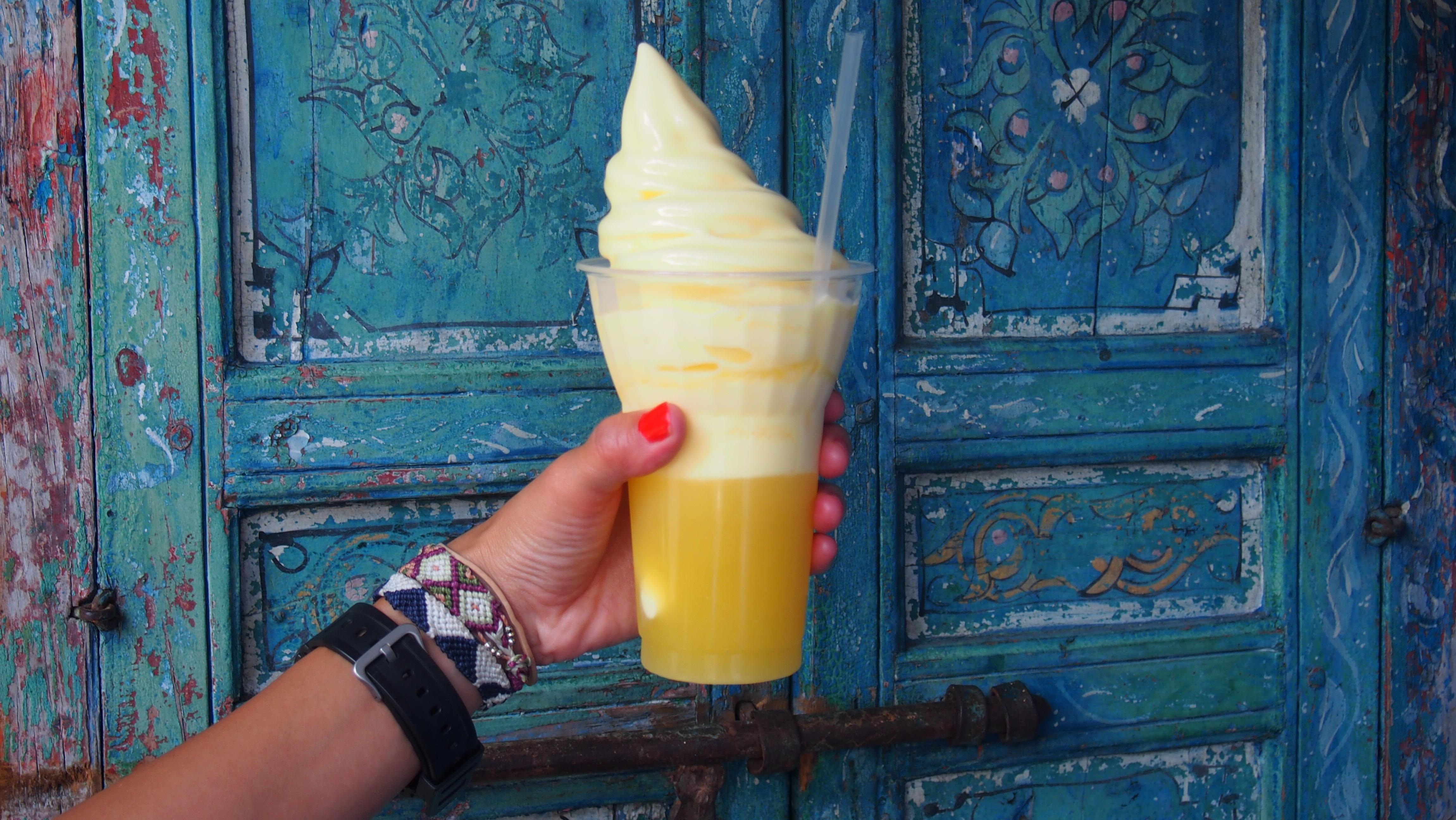How Disney World Increases Prices Without Pissing Off Guests
The Most Magical Place On Earth is not immune to market forces.
I've only taken one trip to Disney World in my life and I don't intend to return anytime soon. Yet I find myself utterly compelled by this gargantuan theme park and consume news stories on the topic with the fervor of a bona fide Disney Adult. It's the ecosystem I find fascinating—the whole endeavor of running a business that depends on our unwavering belief that it does, in fact, run on "magic." What's not so magical is the rising cost of food and drinks at Disney World, and with the Disney Food Blog's recent report on price increases at the parks, we are offered a glimpse of how these price hikes are rolled out to park visitors, those poor unfortunate souls.
What’s getting more expensive at Walt Disney World Resort
It's not a stretch to say that Disney executives probably understand our spending habits a lot better than we do—and they make it their business to know exactly how much gouging we'll tolerate.
In a post urgently titled "HUNDREDS of Price Increases Impact Disney World Restaurants...Again," the Disney Food Blog lists all the "HUNDREDS" of menu items affected by, ostensibly, inflation—though the blog points out that the price hikes could simply be reflective of the historic levels of demand that the Disney parks are seeing worldwide. The blog also says this is the second across-the-board price hike on food in 2022, and this is, of course, in addition to price hikes on admission, hotels, themed experiences, and Genie+, the digital concierge service that is supposed to make navigating any of this shit slightly easier. Magical, right?
Given the extensive list of food price increases provided by Disney Food Blog (henceforth DFB), here are some key takeaways about how the parks sell us on higher costs:
- Nickel and dime patrons, literally: Of the dozens of increases cited by DFB, the vast majority of them are increases of 20-50 cents per item. The classic Dole Whip is going up from $4.99 to $5.29. The Mickey's Premium Ice Cream Bar was previously $5.99, now $6.29. Woody's Breakfast Bowl went from $5.49 to $5.99. The idea is to keep changes modest, hovering around the same nearest whole-dollar amount. These incremental changes, in theory, feel less painful during individual transactions, even though they can easily end up translating to an extra $20-$50 spent over the course of a family vacation.
- Tuck the largest price increases into the high-ticket items: The slightly more noticeable price hikes on food and beverage can be found at the luxury dining destinations—places where patrons, it can be reasonably assumed, are ready and willing to splurge. At EPCOT's Le Cellier Steakhouse, for example, lunch entrees have gone up by $2, a surcharge that's all but invisible within the whopping $54 price tag on the Bison Strip Loin Boursin with Potato Purée, Butter-braised Carrots and Turnips, Roasted Apples, Cider Reduction, and Seasonal Greens. It's all roughly the same percentage increase as the smaller snack items, though of course it translates to more dollars and cents out of patrons' wallets.
- Mark up the markup: You probably already know that the markup on booze is how most restaurants make a ton of their money, and Disney is no different. Most alcoholic beverages are increasing in price by 50 cents or $1. It's not much, but it sends items like the Jose Cuervo margarita soaring upward near $20 once you factor in tip.
- Milk the flat fee experiences: Themed table-service dining experiences, such as character dinners with Chef Mickey, cost a flat fee, which makes it easy to change some 0's and 5's around. A family of two adults and two children will now spend $16 more on a character breakfast and $24 more on a character dinner.
Isn't a trip to Disney World supposed to gain us access to a Whole New World, not one hobbled by all the same market forces hitting us at home?
